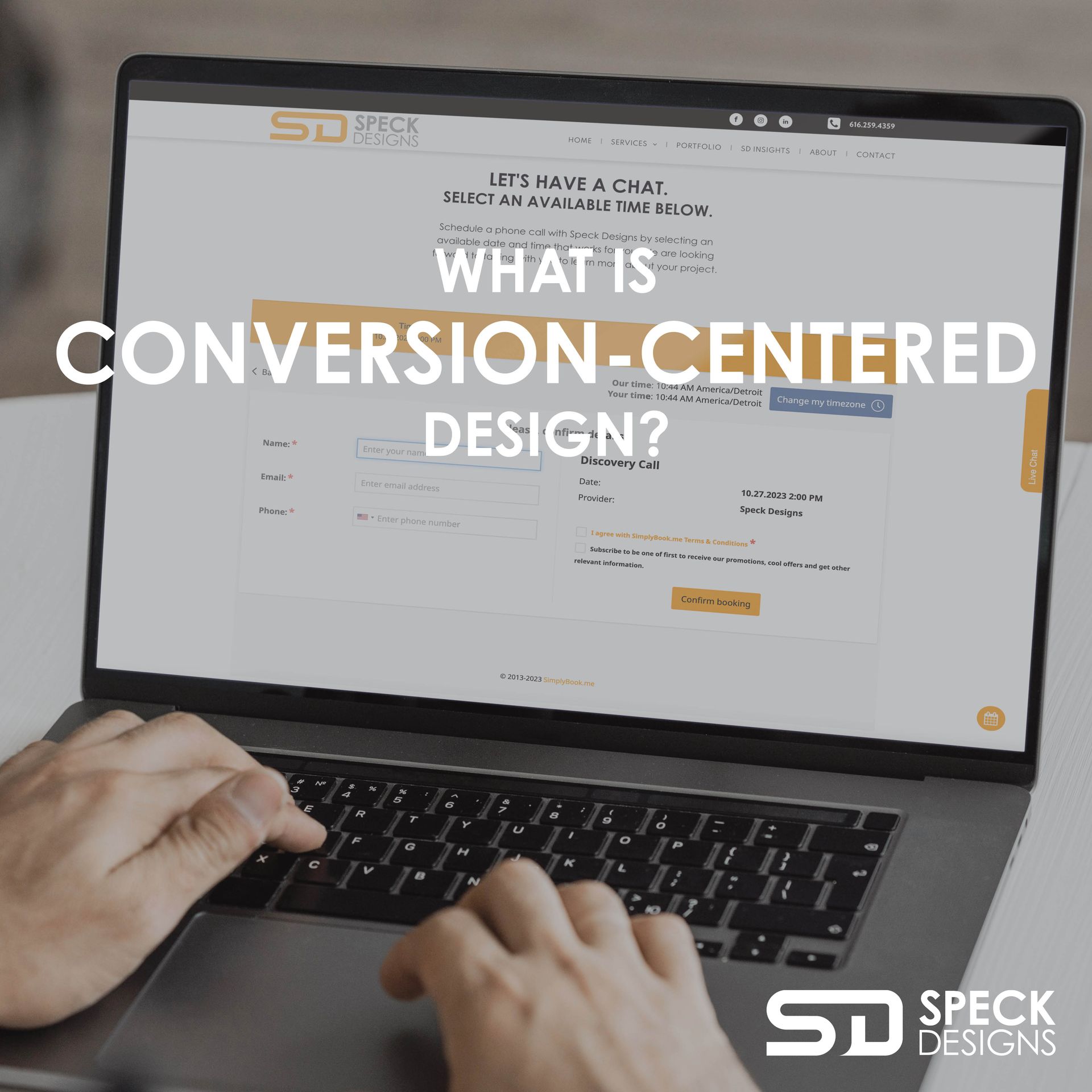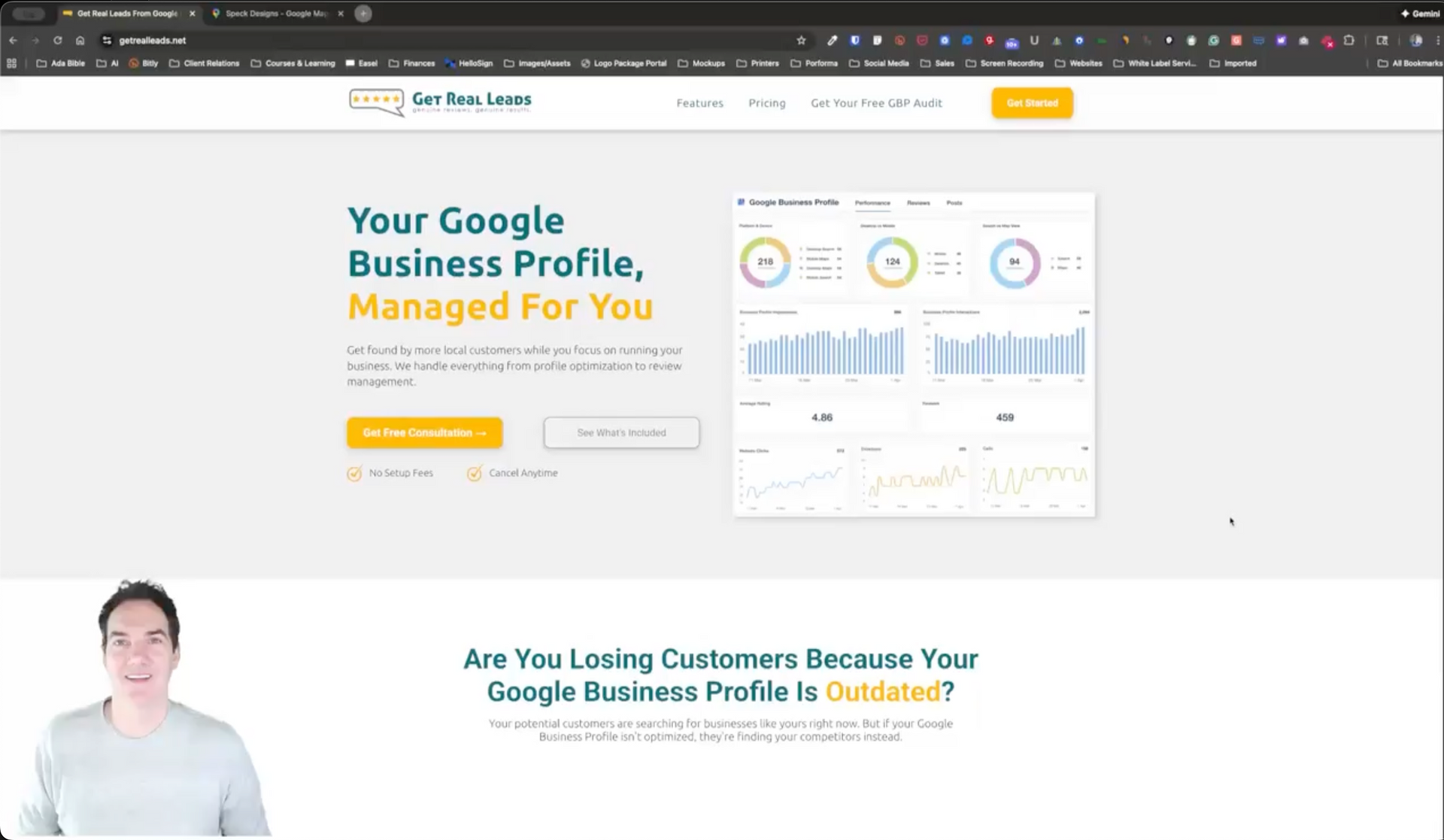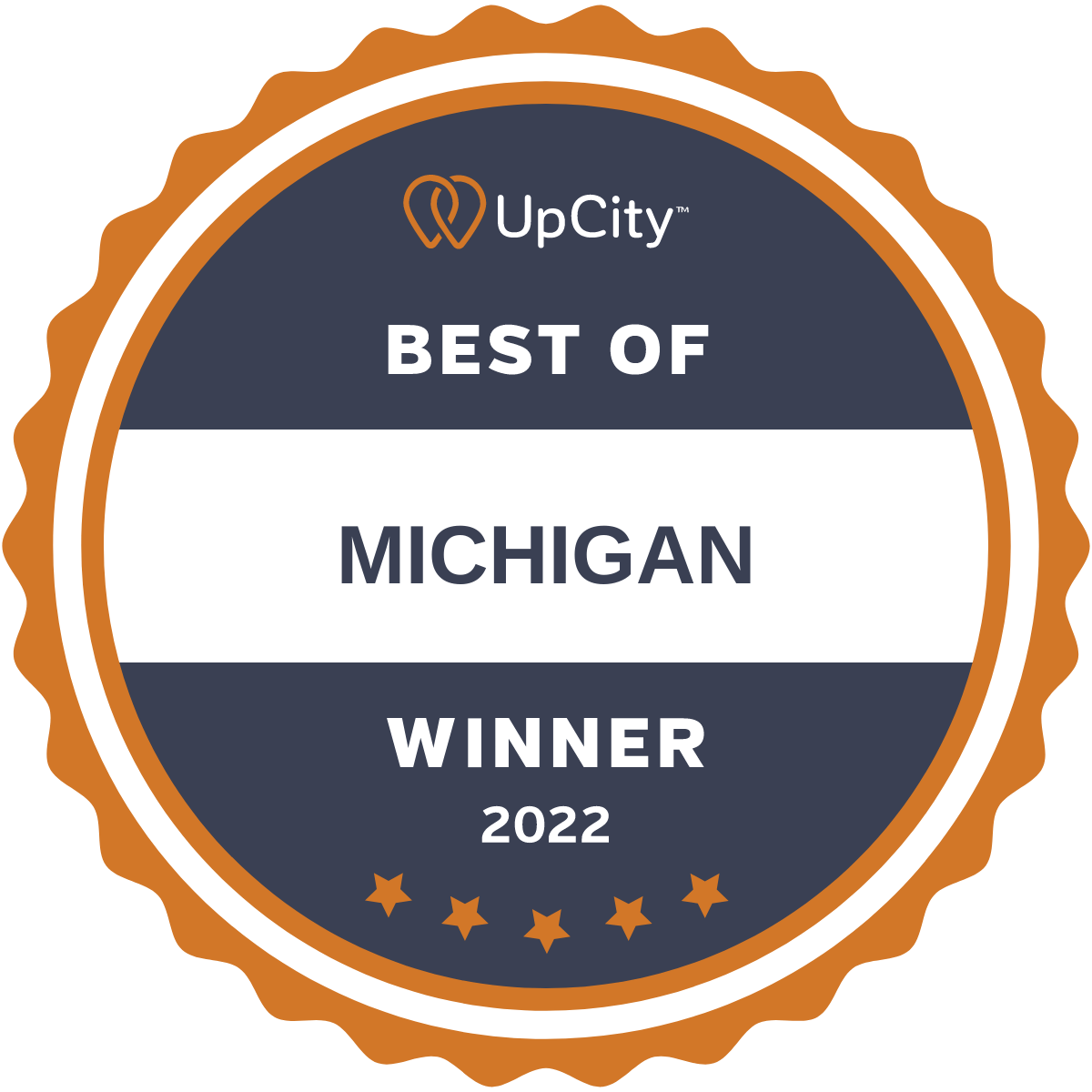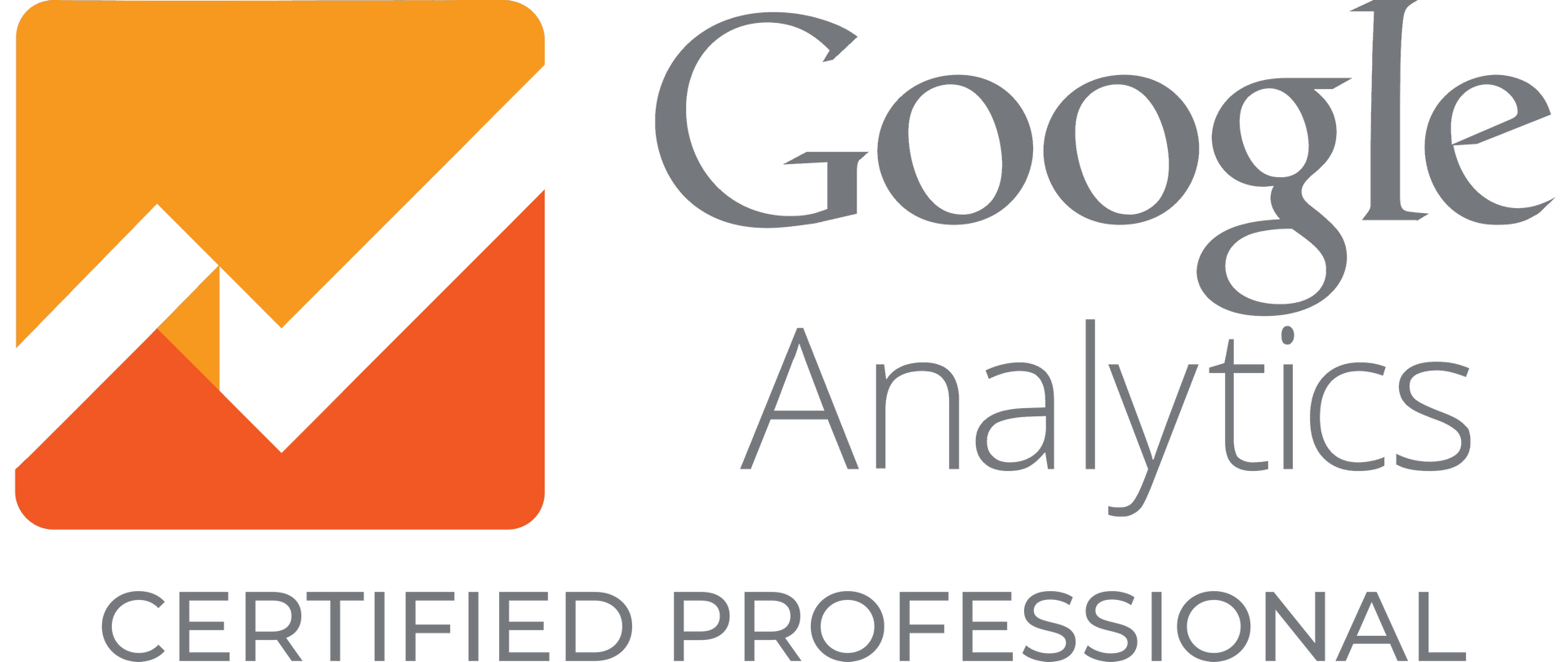What is Conversion-Centered Design?
Your website isn't just a digital business card; it's a dynamic platform that can drive growth or lead to missed opportunities. One way to transform your website into a powerful tool is by adopting Conversion-Centered Design (CCD).
Conversion-Centered Design stands as the virtuoso, harmonizing the elements of user experience and conversion optimization into a symphony of strategic elegance. It is the art of making every pixel, every word, and every interaction count toward a specific goal. Understanding CCD and its principles is the first step in orchestrating a website that transforms casual visitors into loyal patrons, making it an invaluable asset in the digital age. The key to CCD is in website design and Michigan SEO.
📲 Do you need help with Conversion-Centered Design and web design? Schedule a Call. 📞
The Essence of Conversion-Centered Design (CCD): A Guiding Philosophy
Conversion-Centered Design (CCD) is a profound web design philosophy that transcends aesthetics and delves deep into the heart of user experience optimization.
CCD revolves around a fundamental goal: channeling and streaming user interactions toward a specific and desired outcome, a conversion.
Whether you aim to have visitors sign up for your newsletter, purchase, fill out a contact form, or engage in any other action that serves your business objectives, CCD is the meticulous craftsmanship behind it all.
At the core of CCD lies an unwavering commitment to the user. It acknowledges that every user who lands on your website is on a journey, seeking information, solutions, or services that resonate with their needs and aspirations.
CCD is not about imposing a rigid path but crafting a seamless, user-centric experience that nurtures and guides them through the conversion funnel.
Every element, from the placement of buttons to the choice of colors, plays a role in persuading and guiding users.
It's the strategic selection of persuasive language, compelling imagery, and intuitive layouts. This artistry is akin to orchestrating a symphony, where each note is precisely composed to evoke a specific emotional response and lead the user closer to the ultimate goal.
One of the cornerstones of CCD is the strategic deployment of Call-to-Actions (CTAs). These are not arbitrary buttons but meticulously designed catalysts that nudge users toward the desired action.
A well-crafted CTA is a beacon that calls users to explore further, discover, engage, and convert. Whether a Michigan-based healthcare provider encouraging appointment bookings or an e-commerce site in Detroit inviting product purchases, CTAs are the lighthouses guiding users through the digital landscape's often intricate and crowded waters.
In CCD, the user's journey is recognized as a progression through a virtual funnel.
At the broadest end, users enter, often as casual browsers. As they proceed, they become engaged visitors, and as they near the narrow end of the funnel, they transform into valued customers. Each step in the journey is carefully designed, ensuring that at every point, the user finds what they seek and is presented with persuasive cues to move to the next stage. The goal is to minimize drop-offs, ensuring that many users complete the journey and become converted customers.
The Importance of a Focused Approach
Michigan is diverse in its characteristics and demands. Whether you're running a small boutique in Ann Arbor or an IT consultancy in Grand Rapids, a focused approach is essential. Your website should cater to the needs and preferences of residents. This includes considerations like local culture and more. A CCD approach ensures that your website speaks directly to your local audience, increasing the chances of conversion.
Technical Elements of Conversion-Centered Design
To implement CCD effectively, you need to consider several technical aspects:
Clear Call-to-Actions (CTAs): CCD necessitates carefully choosing CTAs that align with your conversion goals. These CTAs should be strategically placed, visually appealing, and supported by compelling copy that urges users to act. For instance, if you're a car dealership in Grand Rapids, your CTA could be "Test Drive Our Latest Models Today," prominently displayed on your homepage.
A/B Testing: Experimentation is crucial in CCD. A/B testing involves creating two web page versions, testing them with different user groups, and analyzing which version performs better in conversions. Michigan businesses can employ A/B testing to refine their websites and adapt to changing customer preferences.
Landing Page Optimization: If you're running specific ad campaigns targeting Michigan users, you need dedicated landing pages optimized for conversion. These pages should align with the ad content, contain clear information, and facilitate easy conversions, such as form submissions.
A Responsive, Mobile-Ready Website: Ensuring your website's adaptability to a diverse range of devices is not just a technical necessity but a fundamental strategic imperative. The significance of a responsive, mobile-ready website lies in its capacity to cater to your audience's vast and growing segment of mobile users.
In Michigan, as in many other places worldwide, mobile users represent a substantial portion of your potential customers. To harness this immense audience, you must embrace a design approach that transcends the confines of traditional desktop screens.
A responsive, mobile-ready website isn't just about fitting your content into a smaller screen; it's about creating a seamless and user-friendly experience. It's about preserving the essence of your brand and the functionality of your website while ensuring that users on smartphones, tablets, or any other devices can navigate, engage, and convert quickly.
From a technical standpoint, mobile responsiveness involves employing a fluid and flexible design framework. Elements like cascading style sheets (CSS), flexible grids, and media queries adapt the layout, font sizes, and images based on the user's device.
It's the art of seamlessly transitioning from a sprawling desktop view to a concise and elegant mobile version without missing a beat. This technical finesse allows your website to shine on smartphones, tablets, and other devices while maintaining your brand's integrity.
Page Load Speed: Consumers value efficiency. Slow-loading pages can deter users and negatively affect your conversion rate. Implement technical optimizations, such as image compression and content delivery networks (CDNs), to improve load times.
Data Analytics and User Tracking: Employ robust analytics tools to track user behavior on your website. Understanding where users drop off or encounter issues can guide your CCD efforts. Tools like Google Analytics and Heatmaps help you analyze user interaction data.
Key Takeaways
Conversion-centered Design is not a one-size-fits-all approach. It's a dynamic philosophy that adapts to your business goals, audience, and location, making it particularly pertinent for Michigan businesses.
Implementing CCD requires a technical mindset, considering elements like CTAs, A/B testing, landing page optimization, mobile responsiveness, page load speed, and data analytics. By combining these technical aspects with a Michigan-focused approach, you can create a website that showcases your business's local relevance and drives conversions, making it a valuable asset in Michigan's competitive market.










